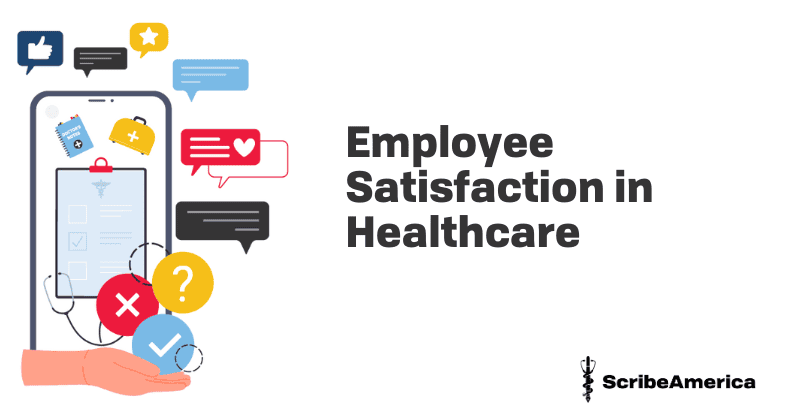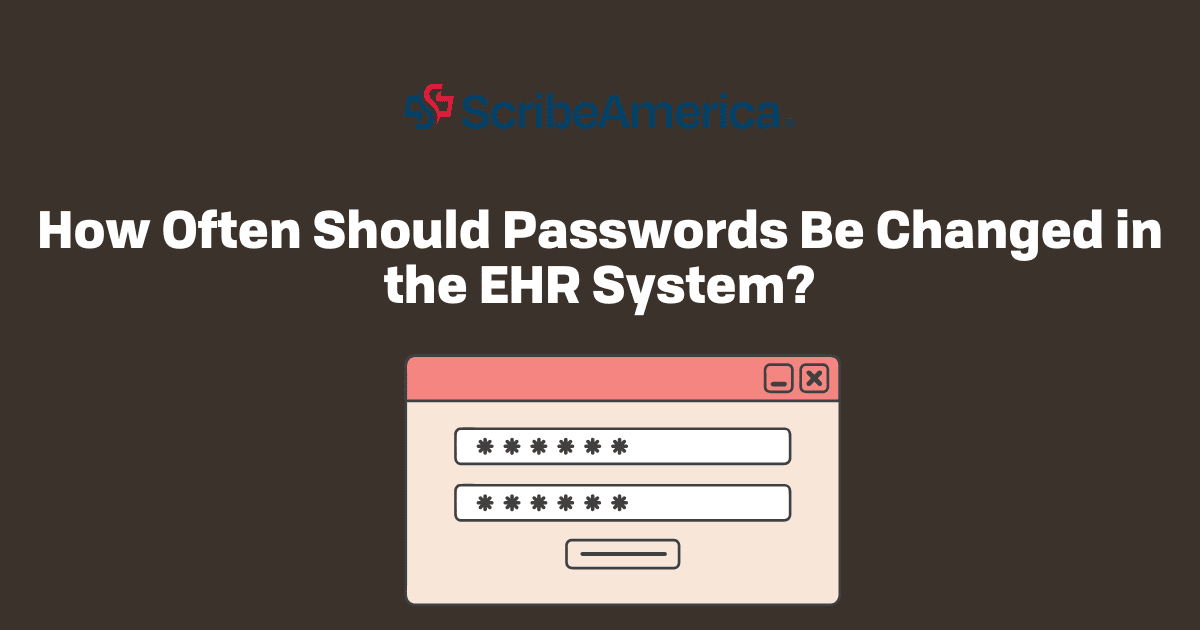To enhance employee satisfaction in healthcare, it's essential to implement targeted strategies that address the specific challenges healthcare professionals face. By focusing on recognition, professional growth, and support systems, healthcare organizations can foster a more engaged and motivated workforce, leading to better patient care and overall organizational success.
Key Takeaways:
- Employee satisfaction in healthcare is crucial for delivering high-quality patient care. Satisfied healthcare professionals are more motivated, productive, and committed to their roles, leading to better outcomes for patients.
- Improving employee satisfaction in healthcare requires addressing factors like long working hours, high stress, lack of resources, and insufficient recognition.
- Simple strategies like recognition of efforts, professional development opportunities, and promoting work-life balance can significantly enhance healthcare staff satisfaction and contribute to a healthier work environment.
- A focus on healthcare workforce satisfaction helps to reduce burnout and turnover, creating a more stable and engaged workforce that benefits both healthcare professionals and patients.
- Investing in employee satisfaction in healthcare is not just about morale; it’s a strategic decision that directly impacts the quality of care, staff retention, and organizational success.
In the intricate tapestry of the healthcare industry, the well-being of patients is undoubtedly paramount. However, an often overlooked facet that significantly contributes to the quality of healthcare delivery is the satisfaction of the healthcare workforce. How to improve employee satisfaction in healthcare? Let’s delve into the nuances emphasizing its importance and exploring strategies to enhance it.
Importance of employee satisfaction in healthcare
In the healthcare ecosystem, employee satisfaction stands as the silent pillar supporting the edifice of patient care. Content and satisfied healthcare professionals are more likely to deliver quality services, ensuring positive outcomes for patients.
When professionals feel valued, their commitment to their roles deepens and they’re more effective. Recognizing the importance of employee satisfaction is not just a gesture of goodwill; it’s a strategic move towards a healthier, more efficient healthcare system.

Common Causes of Healthcare Employee Dissatisfaction
To improve employee satisfaction in healthcare, it is essential to first understand what drives dissatisfaction. Some of the most significant factors contributing to dissatisfaction include:
- Long working hours: Healthcare professionals often work extended shifts, leading to burnout.
- High stress levels: The pressure of managing patients' health and well-being can be overwhelming.
- Inadequate resources: Lack of equipment and staffing can create frustration and hinder effective work.
- Lack of recognition: When employees feel their efforts go unnoticed, it can lead to disengagement.
Additionally, specific roles like medical scribes and veterinary scribes, face unique challenges. For example, the heavy documentation workload can lead to burnout, while care navigators may feel emotionally exhausted due to the constant need to support patients through difficult healthcare journeys. These factors can erode healthcare staff satisfaction.
On the other hand, operations managers, tasked with balancing budgets and resources, may find themselves stretched thin. Acknowledging these challenges is the first step towards exploring how to improve employee satisfaction in healthcare.
Strategies for improving employee satisfaction in healthcare
Recognition: A Simple Yet Powerful Tool
Recognition plays a significant role in improving employee satisfaction in healthcare. Acknowledging the hard work of healthcare professionals can go a long way in boosting morale. This could range from simple expressions of gratitude to regular feedback and special awards for outstanding performance. These gestures not only make healthcare workers feel valued but also motivate them to maintain high standards of care.
Training and Development: Empowering Healthcare Workers
Professional development is another critical strategy for improving healthcare workforce satisfaction. Offering opportunities for continuous learning and upskilling not only enhances the capabilities of healthcare workers but also demonstrates a commitment to their growth. For roles like medical scribes, staying updated on the latest medical advancements is crucial for maintaining job satisfaction and effectiveness.
Work-Life Balance: Promoting Employee Well-Being
Incorporating flexible schedules and ensuring adequate time for rest and recovery are essential aspects of improving healthcare staff satisfaction. By reducing work-related stress and offering work-life balance, healthcare organizations can reduce burnout and improve overall job satisfaction.
Conclusion: The Ripple Effect of Employee Satisfaction in Healthcare
Healthcare staff satisfaction is at the heart of a thriving healthcare system. By recognizing the challenges that healthcare professionals face and implementing strategies tailored to their needs, healthcare organizations can create a work environment that fosters satisfaction. This, in turn, results in better patient outcomes, increased employee retention, and a healthier work culture.
In conclusion, improving employee satisfaction in healthcare is not just a moral responsibility but a strategic investment that pays dividends in the quality of care provided. By focusing on strategies that recognize, reward, and develop healthcare professionals, organizations can ensure that both employees and patients experience the benefits of a supportive and effective healthcare environment.
Did you like this article? You may also read: How to prevent physician burnout?




